Nursing your ill dog back to health can be a daunting task. Knowing exactly what’s good and what will provide the most nutrient-packed meals for a quick recovery is important. Or maybe you adopted a malnourished dog that requires very specific care. Whatever the reason, we will explore what to feed your dog to regain health.
Safest ways to regain dog health
Your first instinct may be to give your dog a ton of food as quickly as possible. Keep in mind that feeding too much too rapidly can cause even more issues.
A dog in need of nourishment will need food with higher protein content and fewer carbs but also have all the micronutrients such as vitamins and minerals present.
Other than not feeding a large amount, you should start with wet or soft foods. This is because it’s easier to digest and since your dog will most likely wolf it down, it will also decrease the chances of choking and indigestion.
Give them the portions in small bite amounts. You should be next to him feeding him bit by bit so there is enough time between each gulp for his stomach to process it.
You basically need to regress to puppy feeding, which consists of multiple smaller meals throughout the day rather than 2 big ones.
Read More: Keep Your Dog’s Skin And Coat Healthy During The Winter
How much they should eat also depends on the breed and size of the dog at the time. A toy to a small breed will only need around 500 calories a day while giant breeds can need almost 5 times that! Since your dog is malnourished, it’s okay to go over the recommended amount by a bit just to get them back to baseline.
What to do when the dog doesn’t eat?
There are two ends of the spectrum. A starving or malnourished dog could gulp down the food like his life depended on it or display the opposite behavior and leave it untouched.
Don’t be alarmed right from the start if he doesn’t eat as your dog may need some time to adjust. If it’s been more than two days and he still hasn’t eaten, then he may need to be force-fed. Don’t attempt to do this on your own without consulting an experienced vet.
Another course of action would be to make the food more enticing or closer to what the dog is used to getting. If the dog was previously fed canned food on the regular, you may need to go back to that.
For previously sick dogs, mixing in some food toppers or fresh food could do the trick. We have previously reviewed The Farmer’s Dog subscription fresh dog food service and determined them to be the best.
Read More: Healthy Human Foods That Your Pet Dog Will Love
What Should I Feed My Dog
1. Fresh Dog Food
Fresh dog food uses human-grade ingredients cooked at low heat to prevent nutritional loss. They go through very little processing, which is what makes them one of the most nutrient-dense dog foods out there. It’s the perfect recipe for a malnourished or recovering dog.
The best part about fresh dog food is they come with a subscription service, meaning you can have freshly cooked and frozen dog food delivered to your door in the right amount at a set time that you determine.
The recipes are fully customizable and you can choose to add or subtract anything your dog needs or doesn’t need. You can also have input on the flavors chosen and each formula is packed with necessary ingredients that address your dog’s individual needs.
2. Raw Food
A raw diet is controversial, but in small amounts as food toppers, they can work miracles. Liver from chickens or other animals is extremely nutritious, especially for dogs that need a little extra dose of nourishment.
Blending fruits and veggies plus some raw organs into a paste make excellent supplements as well. This healthy shake will satisfy your malnourished fur baby’s micronutrient needs.
3. Dog Supplements
We would always suggest going natural first. If your dog can get what he needs from real human food, then go for that. If not, there are plenty of support supplements you can get off the shelves.
Before you use them, we would highly suggest consulting your trusted vet first to make sure it’s okay. The vet will also look at your dog holistically to determine what he needs. Most commonly, vets would suggest enzymes, vitamins, minerals, and maybe even some probiotics help with digestion.
4. Snacks
There’s nothing like offering your dog a healthy snack in the form of a treat. Many doggy treats are packed with real ingredients that add to your dog’s nutritional profile.
You can even think about giving apples and cheese too! These are snacks most of us have around the house that make a tasty treat for your dog.
Read More: 5 Healthy Homemade Dog Food Recipes
Did You Know?
When nursing a dog back to health, it’s more than just the food that matters. You should also create a warm and comfortable environment, one where they feel safe to really thrive. The underweight and a malnourished dog has less body fat, which means they get cold easily.
Give your pooch plenty of blankets, a nice warm bed, and maybe a heater for a cozy night’s sleep. You just don’t want them shivering and expending more calories than they’re taking in.
Before you administer any store-bought supplements, make sure you read the label. Ignore buzzwords and make sure everything is clearly labeled and stated with the first ingredients in dog food being from animal sources. Steer clear of over-processed items and avoid additives and preservatives.
Whenever you can, choose fresh whole foods that are organic. However, it’s important to check for certified organic products just to make sure you’re getting the real deal. Also, the less processing the food went through the better, as it guarantees more nutrition.
If your malnourished dog has a sensitive stomach, then it’s a safe bet to avoid grains, gluten, soy, corn, and wheat. Lastly, if you opt for dry kibble, always make sure your dog has access to freshwater.

 DogExpress
DogExpress

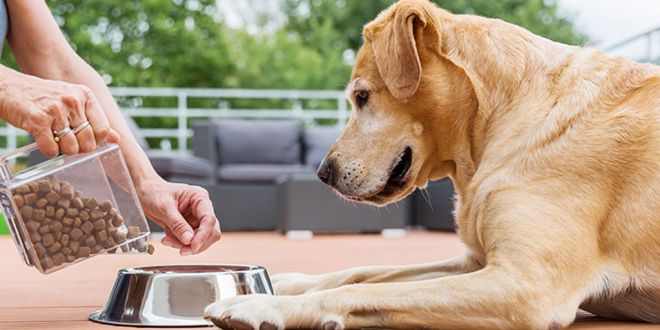
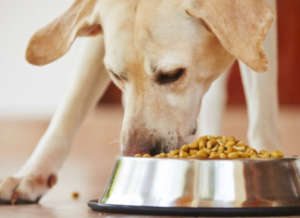
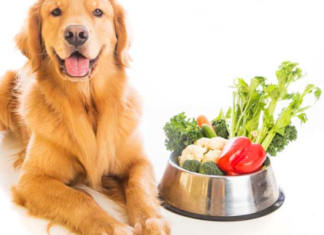
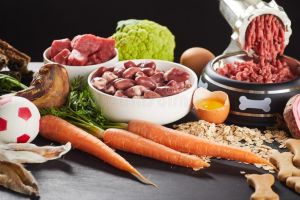
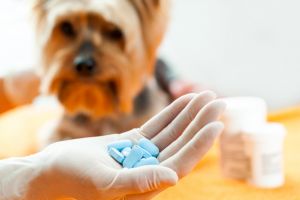
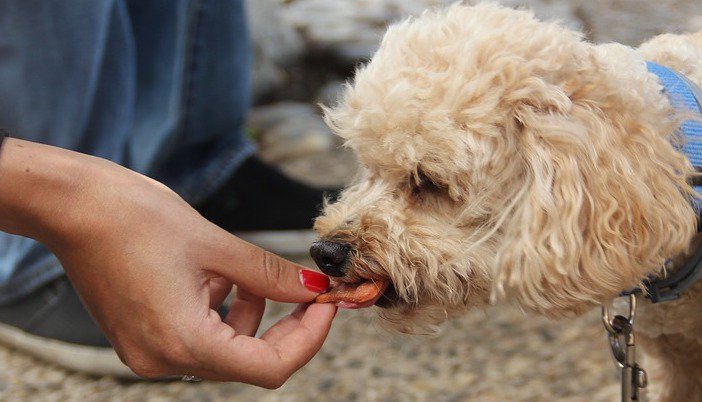

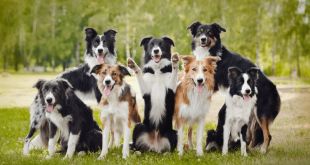

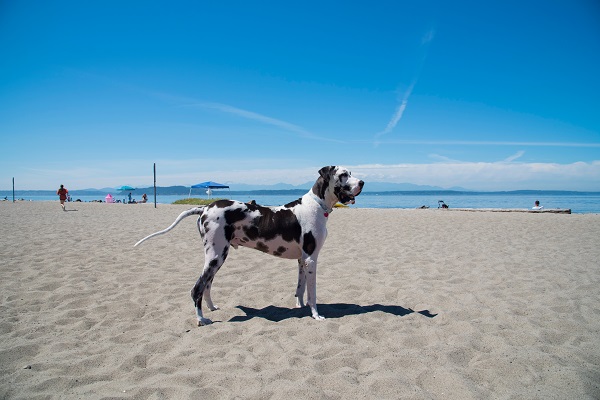












 in Chandigarh, India.
in Chandigarh, India. 
